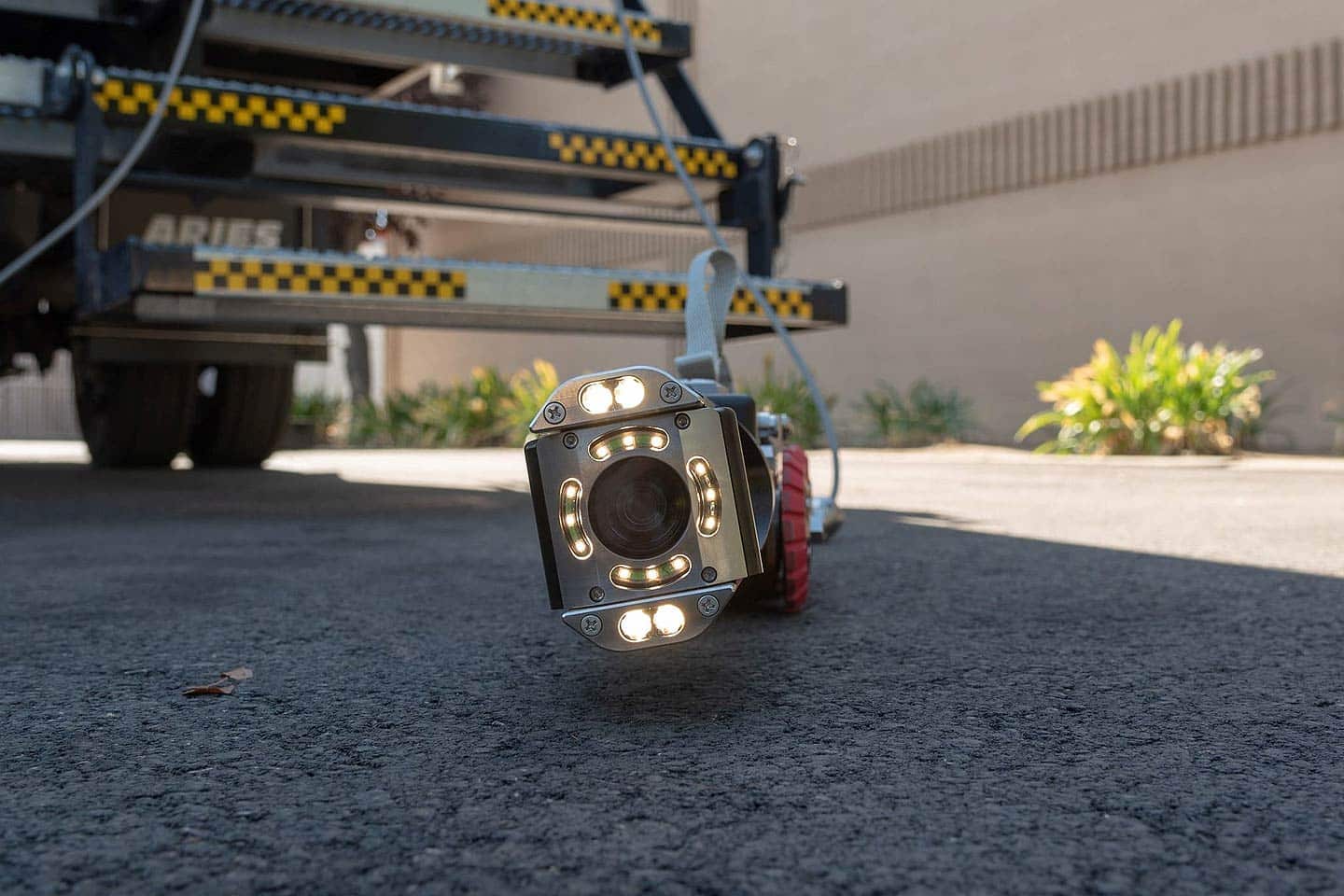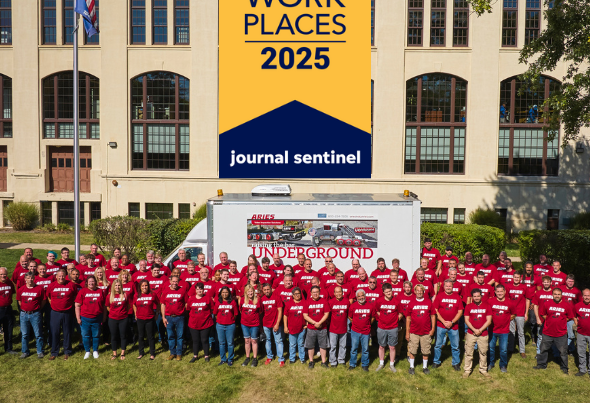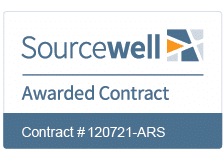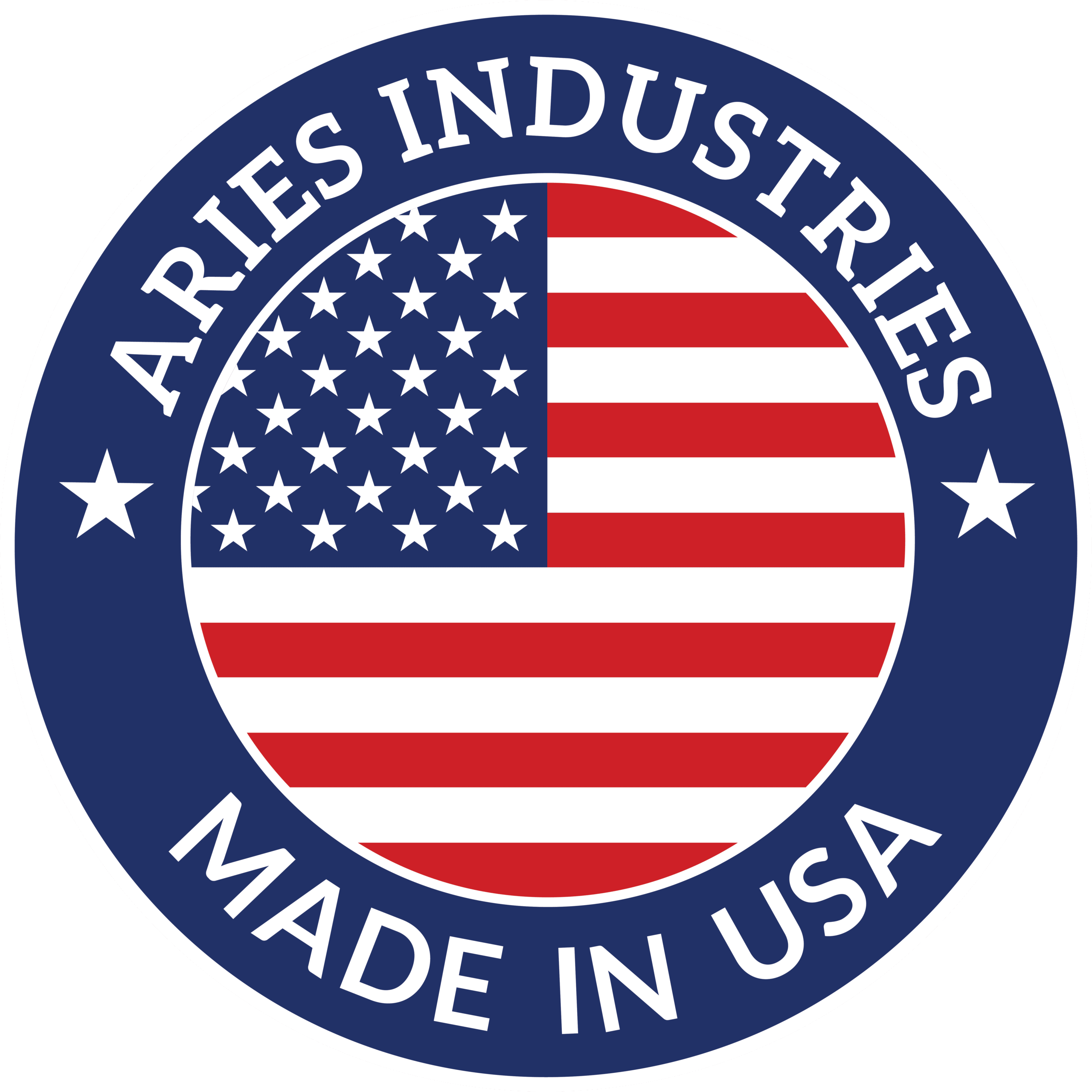The good news when shopping for the right sewer inspection camera is that you have choices. The bad news is that you have many factors to consider to make sure you pick the right camera for your needs. We’ve summarized some of the questions you should consider before making the call on which pipeline inspection camera will work for you. As you answer each of these, keep in mind the size and accessibility of the pipes you will be inspecting.
Questions to Consider Before Purchasing a Sewer Video Inspection Camera
ZOOM
What is the zoom range of the pipeline inspection camera you are considering and how much zoom do you really need? The right zoom for you will vary depending on the job environment. Smaller diameter sewer pipes limit the distance you can see. Pipe inconsistencies, like bends and sags limit how much light you can project down the pipe, which means you do not need maximum zoom. Conversely, larger storm drains allow you have to see further down the pipe, especially with auxiliary lighting. In this case, you would be able to zoom more and should look for that capability in your sewer inspection camera selection.
LIGHTING
Does the sewer inspection camera have LED lighting? LEDs provide longer life and you don’t have to worry about burning them out since they don’t run hot and have built-in trip circuits.
SEWER CAMERA PRESSURIZATION
Electronics and moisture do not go well together. Sewer inspection cameras operate in wet conditions, sometimes in high humidity locations and often are subject to nighttime dew. Verify whether the camera is pressurized with nitrogen or air. We recommend nitrogen since it is a dry gas, which keeps the electronics dry with positive pressure. This is important so if the camera is submerged, the risk of damage to the camera is minimized.
On our WiperCam® inspection camera, the camera is fitted with a regulator and comes with an external canister of nitrogen to pressurize the camera. Onboard diagnostics allows you to monitor how much nitrogen there is. The regulator will shut off if necessary to ensure you will not over-pressurize the camera.
Pro Tip: We always recommended checking camera pressure every day as part of startup procedures. You should keep a log book to monitor any trends happening with the camera. For example, let’s say you originally pressurized the camera every month, but now it’s every week or even every day. This may alert you that a seal or 0-ring needs replacing.
ADAPTABILITY
If you are looking to replace a sewer inspection camera, it’s important to make sure it will be compatible with older versions of inspection tractors.
Note: Aries WiperCam has an adapter so that it can easily pair with our older tractors.
IN-THE-PIPE LENS CLEANING
Sewer inspections often happen in tandem with pipe cleaning. If the sewer camera is following a jetting nozzle, the lens can get splashes that leave water marks, obscuring the view of the pipe. Another difficulty in inspecting a sewer line is grease in the flow. If grease gets on the camera, it leaves a sheen, preventing a clear view of the pipe. If the camera is equipped with lens cleaning technology, you will not have to retrieve the camera to clean it off. This is important to maximize your time in the pipe. If the camera does not have this capability, when the lens is obscured by debris, you would need to pull it out, hose it off and then get it back in the pipe and hope you don’t hit the same challenging spot again resulting in more debris on the lens and another work stoppage.
 Aries WiperCam uses in-the-pipe lens cleaning technology to maximize uptime. The lens pans/tilts and rotates to clean the lens. The backside of the frame is equipped with a blade. When the lens is rotated 360°, it skims across the blade to remove the debris (BONUS! Operators can easily replace the wiper blade in the field when needed.)
Aries WiperCam uses in-the-pipe lens cleaning technology to maximize uptime. The lens pans/tilts and rotates to clean the lens. The backside of the frame is equipped with a blade. When the lens is rotated 360°, it skims across the blade to remove the debris (BONUS! Operators can easily replace the wiper blade in the field when needed.)
This technology allows you to complete inspections without having to remove the camera and start again. You can easily navigate through bellies in the pipe that have grease or debris that mucked up the camera, clean the lens and keep on inspecting the pipe. Your work will be completed faster and you’ll have more flexibility in working in pipes that are not perfectly clean.
Asking the right questions when you are shopping for a sewer inspection camera can help make sure you have the best equipment for the job at hand. Work with a reputable manufacturer with accessible service centers and make sure any camera purchase is backed by a warranty. If you need expert advice as you evaluate your options, get in touch with one of our experts today. We are happy to answer any questions you have on pipeline inspection cameras and any other equipment you need to get the job done.















